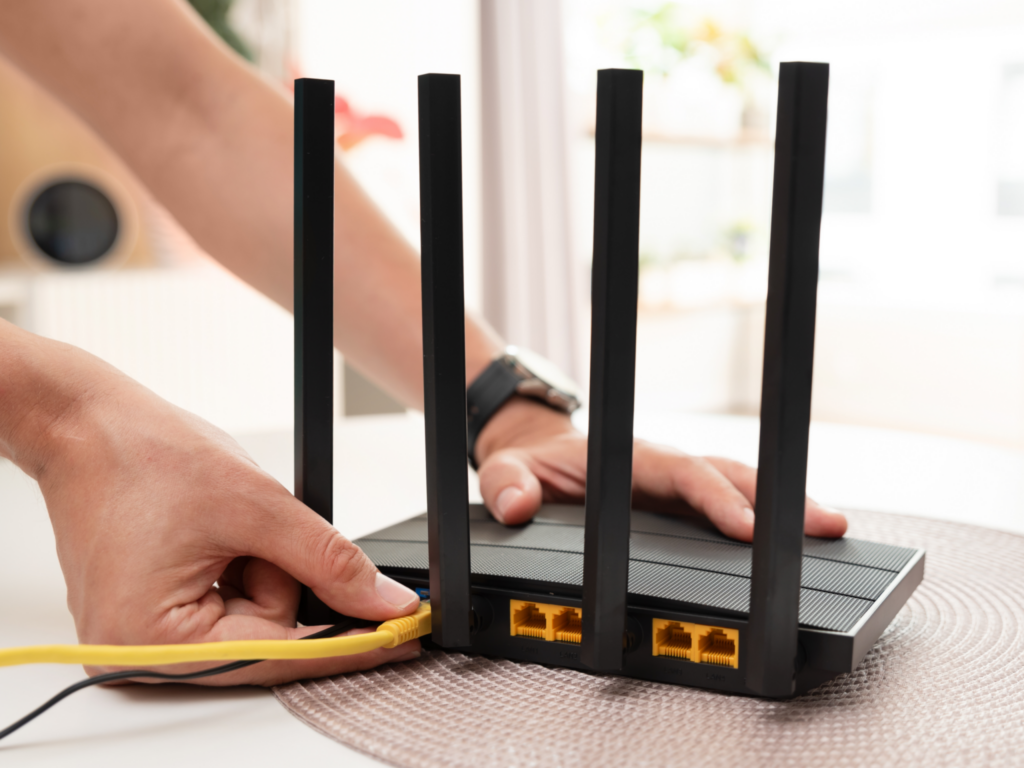Experiencing problems with your laptop where it couldn’t open connection to server can be quite frustrating. This issue can stem from a variety of factors, ranging from simple network disruptions to more complex server configuration problems. Network connectivity problems, such as Wi-Fi or Ethernet issues, can often be resolved by checking the network cables, ensuring the laptop is within range of the wireless router, and verifying the connection settings. Server configuration issues may require checking the server’s network settings and configurations, as well as ensuring it is not overloaded with requests. Additionally, firewall or antivirus software may be blocking the connection, and updating or temporarily disabling them could resolve the issue. IT professionals can troubleshoot further by checking for DNS resolution problems, IP address conflicts, software or driver issues, network security protocols, proxy server settings, and even hardware problems. By identifying and addressing these potential issues, IT professionals can help resolve the problem and ensure smooth connectivity for the laptop.
- Network Connectivity Problems
When your laptop couldn’t open connection to server, start by checking the basics of your network connectivity. Ensure that your Wi-Fi or Ethernet connection is active and properly configured. If you’re using Wi-Fi, check if your laptop is within range of the wireless router and that there are no physical obstructions blocking the signal.
For Ethernet connections, make sure the network cables are securely connected to both your laptop and the router or modem. Sometimes, a loose cable can cause connectivity issues.
If you’re still unable to connect to the server after checking these basic network settings, consider troubleshooting other potential issues such as server configuration problems, firewall settings, or DNS resolution issues. By systematically checking and addressing these issues, you can improve your chances of resolving the connection problem and getting back online.
- Server Configuration Issues
– Ensure the server is powered on and functioning properly.
– Check the server’s network settings and configurations.
– Verify that the server is not overloaded with requests.
- Firewall or Antivirus Software Blocking Connections
If your laptop couldn’t open connection to server, the firewall or antivirus software might be blocking the connection. Check the firewall settings on both your laptop and the server to ensure they allow the necessary network traffic. Sometimes, antivirus software can mistakenly identify network connections as threats and block them.
To troubleshoot, temporarily disable the firewall or antivirus software on your laptop and see if you can establish a connection to the server. If the connection works after disabling the firewall or antivirus software, you may need to adjust their settings to allow the connection.
However, it’s important to remember to re-enable your firewall and antivirus software after troubleshooting to maintain your device’s security. If you continue to experience issues connecting to the server, consider consulting with your IT department or a professional for further assistance.
- DNS Resolution Problems
– Check the DNS settings on the laptop.
– Flush the DNS cache on the laptop to clear any outdated entries.
– Try using a different DNS server, such as Google’s Public DNS.
- IP Address Conflict
If you’re experiencing issues where your laptop couldn’t open connection to server, there might be an IP address conflict on your network. An IP address conflict occurs when two devices on the same network are assigned the same IP address, which can prevent proper communication between devices.
To resolve this issue, check for any IP address conflicts on your network. You can do this by accessing your router’s administration interface and viewing the list of connected devices. Ensure that each device on the network has a unique IP address assigned to it.
If you find any conflicting IP addresses, you can resolve the conflict by assigning a new IP address to one of the devices. This can usually be done through the device’s network settings or by configuring the DHCP settings on your router to assign IP addresses more effectively.
By resolving any IP address conflicts on your network, you can ensure that your devices can communicate properly and that you can connect to the server without any issues.
- Software or Driver Issues
– Update the network drivers on the laptop.
– Ensure that the operating system and network-related software are up to date.
– Reinstall the network drivers if necessary.
- Network Security Protocols
If your laptop couldn’t open connection to server, it might be due to incompatible network security protocols. Servers often use specific security protocols to ensure secure communication, such as SSL/TLS.
To troubleshoot, check the network security protocols used by the server and ensure that your laptop supports them. If your laptop does not support the server’s security protocols, you won’t be able to establish a connection.
To fix this issue, configure your laptop to use the correct security protocols for the server. This may involve updating your network settings or installing additional software on your laptop to support the required protocols.
By ensuring that your laptop’s security protocols match those of the server, you can establish a secure connection and resolve the issue of not being able to connect to the server.
- Proxy Server Settings
– Check the proxy server settings on the laptop.
– Ensure that the proxy server is configured correctly and not blocking the connection.
- Hardware Problems
If you couldn’t open connection to server, the issue might be related to faulty network hardware. Start by checking the network card in your laptop to ensure it’s functioning correctly. You can do this by checking the device status in the Device Manager.
Next, check the network cables connecting your laptop to the router or modem. Ensure they are securely connected and not damaged. If you’re using a wireless connection, check if there are any issues with the wireless adapter.
If you’ve ruled out issues with the network card and cables, the problem might lie with the router or modem. Check the router’s lights to see if there are any indicators of a hardware issue. Try restarting the router to see if that resolves the problem.
If none of these steps work, consider replacing any faulty hardware. This might involve replacing the network card in your laptop, getting new network cables, or replacing the router or modem.
- Server Maintenance or Outages
– Check if the server is undergoing maintenance or experiencing an outage.
– Contact the server administrator or IT support for assistance.
Conclusion
In conclusion, there are several reasons why a laptop couldn’t open connection to server. By troubleshooting the network, server, software, and hardware components, IT professionals can identify and fix the underlying issues, ensuring that laptops can connect to servers reliably.
About Bytagig
Bytagig is dedicated to providing reliable, full-scale cyber security and IT support for businesses, entrepreneurs, and startups in a variety of industries. Bytagig works both remotely with on-site support in Portland, San Diego, and Boston. Acting as internal IT staff, Bytagig handles employee desktop setup and support, comprehensive IT systems analysis, IT project management, website design, and more.

